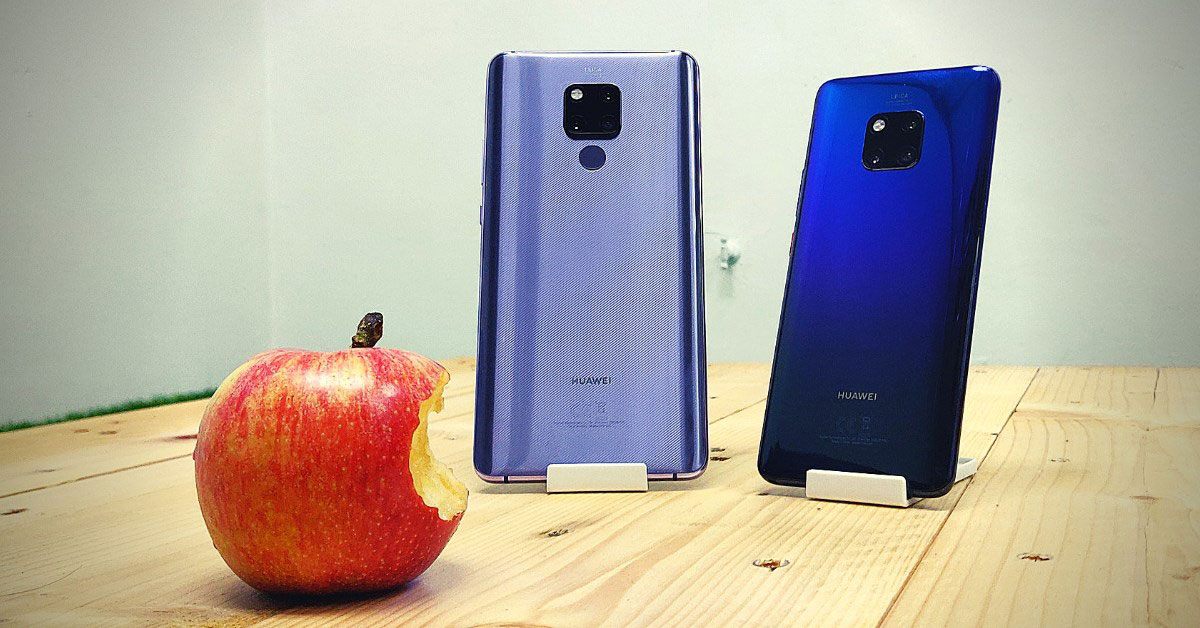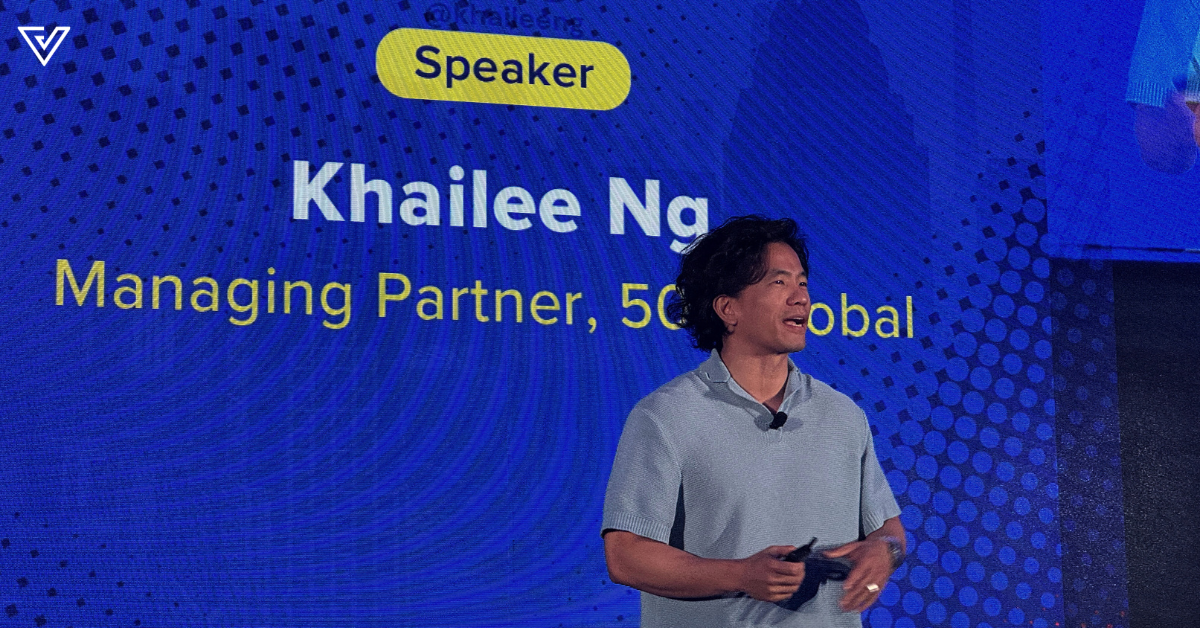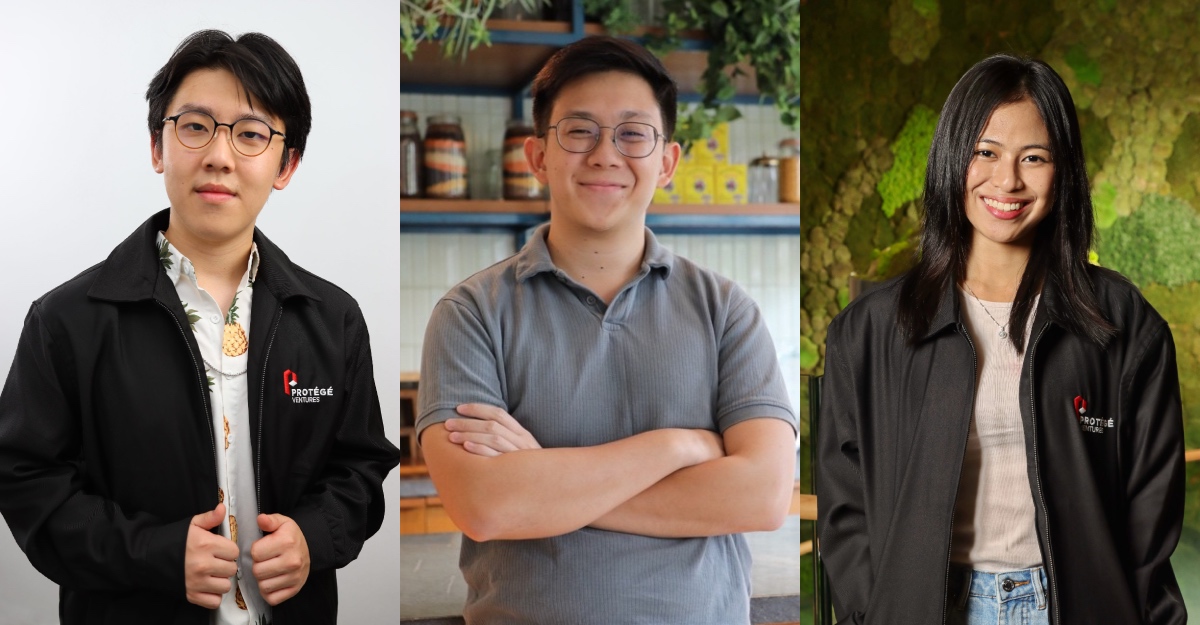- Ecosystems are a vital factor when choosing devices, but do people really understand what an ecosystem really is? We explain.
When it comes to picking a device or gadget, one of the biggest factors taken into account nowadays is the ecosystem it sits within. In fact, we can’t even count the number of times someone has told us that the only reason they’re using a smartphone is because of the brand’s ecosystem.
For example, the most common reason given by Apple users for why they aren’t switching over to any other tech brands? The ecosystem.
The term is bandied about regularly, but how many people know what an ecosystem really is? After all, the Apple ecosystem isn’t exactly the only tech ecosystem out there in the market.
What Is An Ecosystem?
In general terms, an ecosystem is usually characterised by the operating system that the devices sit on—more commonly the Android/Google and Apple ecosystems. And within these ecosystems, you can select smartphones, tablets, or even watches that are a lot more integrated as a result of this.

Let’s say you’re in the market for a new tablet, and your current smartphone is running on Android OS. Even if you’ve been keeping an eye on the latest iPad in the market, the wisest thing to do (in our humble opinion) would be to stick to an Android device.
Excluding emotional loyalty, there are a lot of reasons why people tend to stick with one brand—including cross-device apps, easy backups, and general familiarity. But with compatibility between multiple ecosystems improving (eg. you can use Google Drive on an iPhone now), brands have taken it upon themselves to create more specific brand ecosystems.
Fierce Competition
Let’s face it: the term “ecosystem” is one that has usually been associated with Apple products. But with the development of the Android OS and major smartphone brands such as Huawei and Samsung, the concept is no longer exclusive to Apple.

To get a firsthand look at a competitor, Huawei sent over some of their ecosystem devices to the office. Putting aside the impressive spec list and performance of the devices (click here for our review), there were quite a few things that stood out from an integration point of view.
Firstly, all smartphones in the Mate 20 Series have an AI-based feature, HiVision, built into the system—simply pull downwards on the middle of your home screen, and click on the button beside the search bar. Thanks to the dual-NPU setup, you can use the AI function to identify objects, count calories (a colleague of mine is actually calculating every meal at this juncture), scan buildings, and more.
FYI: A Neural Processing Unit (NPU) is a microprocessor that specialises in machine learning algorithms.

In addition to that, Huawei has developed its very own Huawei Health app, that functions well in tandem with the Huawei Watch GT. In addition to tracking your heart rate during your daily exercise routines, you can monitor sleep patterns, and even track your location with GPS. (Do keep in mind that some of these features only work when the app is paired with a fitness tracker/smartwatch)
Reasons To Stay
Besides the technical factors, there are a couple of practical reasons to stay within a brand’s ecosystem:
1) Compatible accessories
The Huawei MateBook X, in line with modern tech trends, is powered by a USB Type-C connector—the same head used by the smartphones under the Huawei Mate 20 Series.
2) Transferring data with ecosystem software
Yes, yes, we know. You can access Google Drive on Apple devices and iCloud on Android devices—but most of the functionality of these services are somewhat limited if you aren’t on the original ecosystem.
Instead, brands like Huawei offer proprietary features such as Huawei Share, where selecting the option from the pull-down menu on the home screen instantly enables you to transfer data to/from another Huawei phone on the same network.
3) Familiarity
Whether you’re a seasoned expert or you’re just starting to delve into exploring your smart devices, no one can deny the value of being used to a certain system.
For example, we’ve used the Huawei Mate 20 Pro for a period of time, just to get used to EMUI (the User Interface utilised on Huawei devices).
When we switched to the Huawei Mate 20 X, the transition was seamless. This was, in part, helped by the Huawei Phone Clone app that helped transfer data (photos, apps, layouts) from the Mate 20 Pro to the Mate 20 X.
-//-
Ecosystems can be a difficult thing to choose from, with the offerings in the market today consistently getting better and better. However, what is apparent is the fact that there isn’t just one ecosystem that’s a viable option.
Instead, there are a multitude of options out there. Even if you’ve decided to go with an Android-based set of devices, manufacturers like Huawei have created brand ecosystems of their own.
In this regard, Huawei’s ecosystem of devices today—the Matebook X, Watch GT, and the Mate 20 series of phones, are interconnected in more ways than just being “Android”. Instead, they’ve integrated AI features that are exclusive to the series, data sharing/cloning functionality, and even health features.
Whether it’s the best ecosystem out there, we’ll leave it to you to judge. But what’s clear is that there is more than that one ecosystem. In fact, there might be even better options out there. It’s really up to you.
This article is written in collaboration with Huawei.









